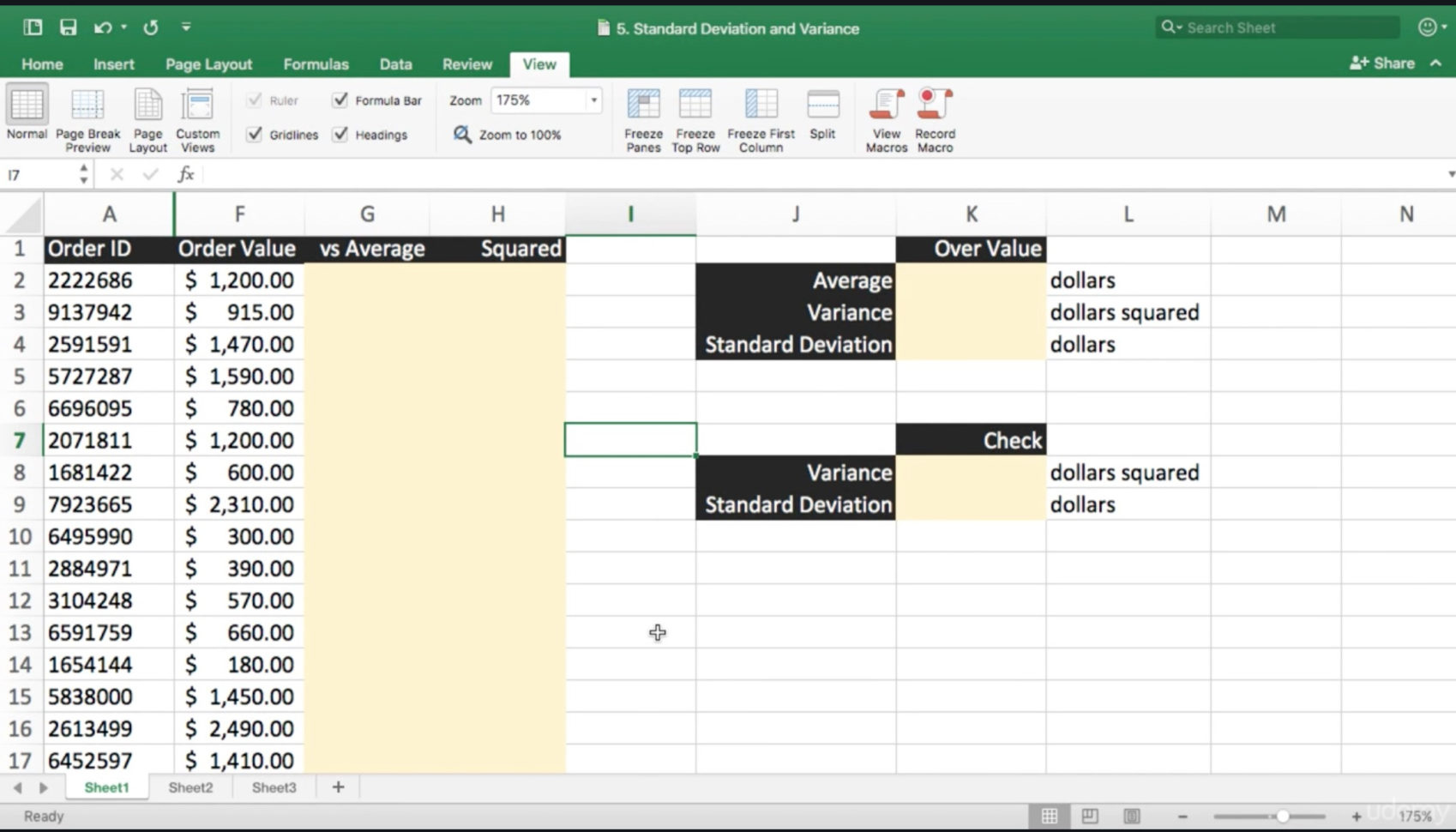

Grouping makes it easy for you to identify patterns in your data. You can use this technique to make it easier to analyze the relationships in your data like quantifying averages, totals, and percentages. Grouping is when you organize data into smaller sets. Grouping is an excellent way to analyze your data. If we wanted to change the sort order to descending (highest to lowest) we would click on Column A and select "Sort Descending" like so:Īgain by sorting in descending order from highest number to lowest number we can see that they're decreasing in size. This will arrange the list like this:īy sorting the numbers in ascending order we can see that they are increasing in size.

If we wanted to sort this list in ascending order (from lowest to highest), we would click on the column heading for this list and then select "Sort Ascending". It's an easy way of exploring and understanding your data.įor example, let's say you had a list of 5 different numbers: Sorting is another technique of data analysis and is used to rearrange the order of your data. In this example, I am using ">0%" as my filter criterion to calculate total sales for years with positive revenue growth > 0%. This will open a dialogue box where you can input your filtering criteria. In this case, I have created a new column called "Sales Growth." Next, highlight your "Sales Growth" column and select "Filter" from the Data menu on the toolbar. Filtering is useful if you want to see the total sales for the year only, or if you want to know how many months had positive growth.įirst, identify which column contains the filter criteria that will be used to filter your data. In the following example, we have a dataset with monthly sales data from 2012-2015. It's an effective way to identify subsets of data from the larger dataset. These simple tricks will not only improve your efficiency, but also make it easier for people who don't know Excel as well to understand what you're doing.įiltering is a process of sorting data by a certain criteria. The 9 common data manipulations techniques discussed are:Įach of these techniques will provide you with a better understanding of your data and how it works - from getting your head around different types of visualization to exploring outliers. The power of these techniques will be demonstrated by using some real-life examples. In this article, we will discuss some of the most common data manipulation techniques that can be used in Excel for data analysis. Data analysis is a challenging task, especially if you don't have the data manipulation skills.


 0 kommentar(er)
0 kommentar(er)
